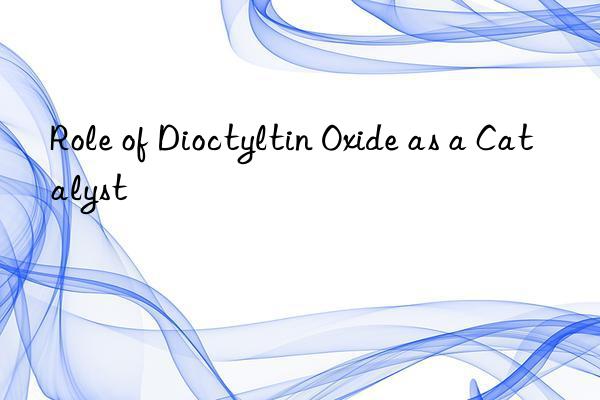
Organotin stabilisers mainly include the following types:
- Aliphatic acid salts: for example, dibutyltin dilaurate, di-n-octyltin dilaurate, and so on. The tin atoms in this type of stabiliser can be coordinated with the chlorine atoms on the PVC molecular chain and inhibit the reaction of removing HCl through the replacement reaction, thus playing a stabilising role.
- Maleate salts: such as dibutyltin maleate, bis(monobutyl maleate) dibutyltin, di-n-octyltin maleate and so on. This type of stabiliser can react with the conjugated double bond in a bis-alkene addition reaction to inhibit the generation of polyolefin structures.
- Thiol salts: For example, bis(isooctylthiolate) tin n-octylate, di-n-octyltin bis(isobutyl mercaptoacetate), di-n-octyltin bis(isooctyl mercaptoacetate), and so on. The thioglycolic acid tin in this type of stabiliser has excellent thermal stability and is used in large quantities. Among them, bis(isooctylthioglycolate)tin is recognised as a non-toxic stabiliser. However, it should be noted that the self-lubricating property of sulfur-containing organostannic stabilizers is poor, so it is usually necessary to add appropriate lubricants in practical applications.
In addition, organotin stabilisers can be divided into mono-, di- and ternary organotin compounds according to their chemical structure. These compounds have a wide range of applications in the processing and production of PVC, plastics, rubber, ink, asphalt, adhesives and polymer materials such as PE, PP, ABS, PC, PA, PBT and so on.
The main difference between various organotin stabilisers lies in their chemical structure, mechanism of action and application areas. They have their own characteristics, for example, the stabilising effect of thiol salts stabilisers is the best, while aliphatic acid salts and maleates stabilisers achieve stabilising effect through different reaction mechanisms respectively. In addition, different organotin stabilisers may also differ in terms of cost, toxicity and compatibility with other stabilisers.
Overall, the selection of a suitable organotin stabiliser requires consideration of specific application scenarios, material requirements and cost. In actual application, it needs to be selected and adjusted according to the specific situation in order to achieve the best stabilising effect.
Recommended Related Reading:
Dabco NE1060/Non-emissive polyurethane catalyst



 微信扫一扫打赏
微信扫一扫打赏
